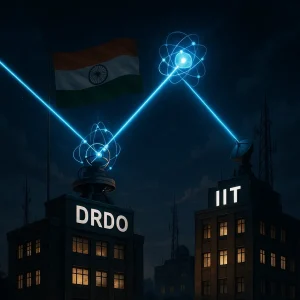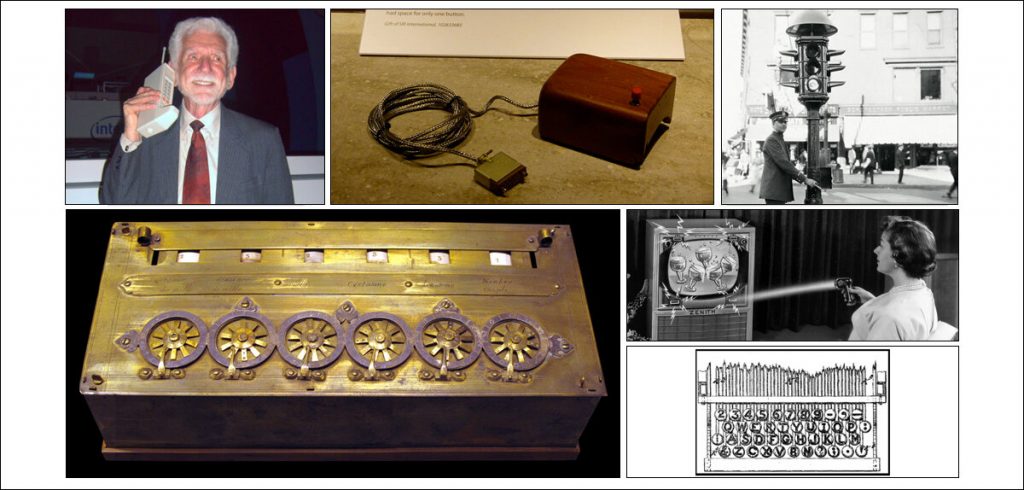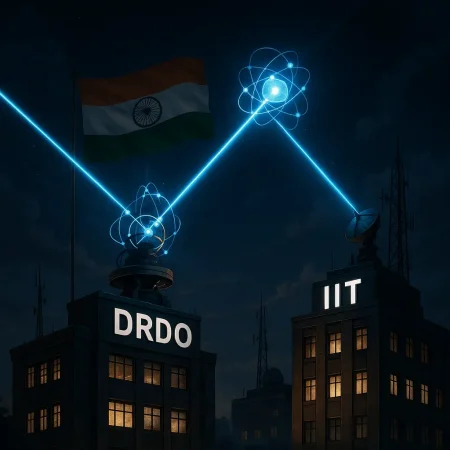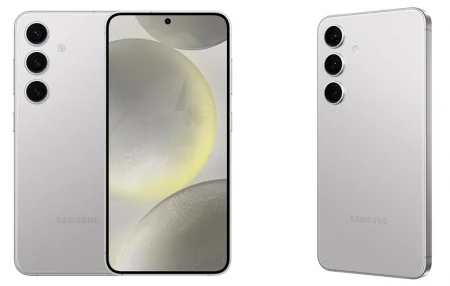Felista Gor looks back through time to highlight some wondrous inventions and the brilliant minds who brought them forth.
Our daily lives are packed with gadgets and equipment that we do not even know who invented them or what the thought process was behind their invention. Here, we will look at some little-known facts about early inventions that went through rigorous technological advancement to get to where they are now. Moreover, we will find out who invented and designed them, how they initially appeared and when they were introduced.
Let us dive in.
1. Computer mouse
The first computers had no monitor or mouse. People navigated them using buttons and switches, which were exceedingly difficult to use and interact with. The challenges led to the invention of a monitor, which was then accessed with keyboards.
ARPANET, the pioneers of technology, funded an experiment with the aim of facilitating the navigation and interaction of computers by users. Douglas Engelbart, an American engineer, and inventor was the person who created the first mouse in 1963. It was a wooden box with two metal wheels that rolled on the surface and a single button. Due to its shape and the wire coming out of its back, it was called a ‘mouse.’
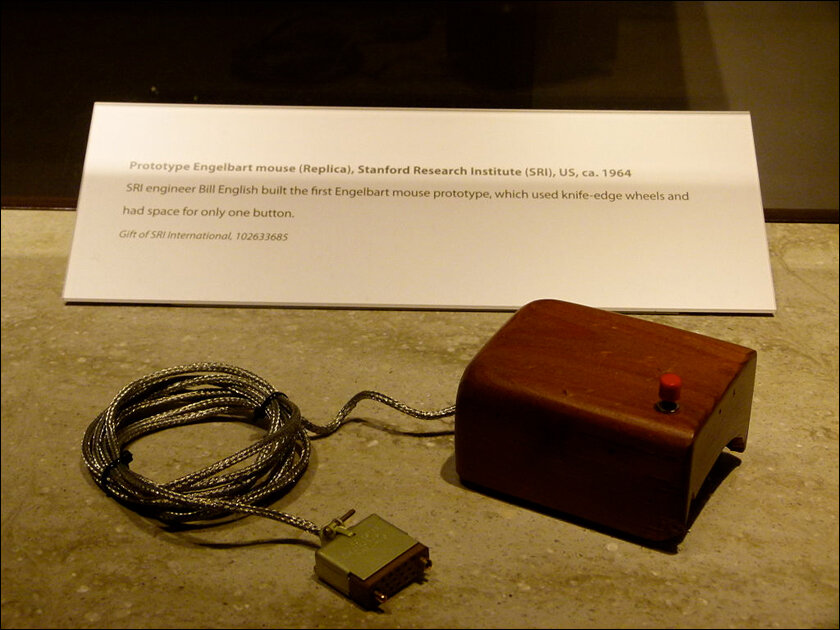
It occurred to him in the early 1960s that using a pair of small wheels traversing a tabletop, one turning horizontally and the other vertically, the computer could track their combined rotations and move the cursor accordingly. This was the reasoning behind his invention.
2. The very first cell phone
A mobile phone is a handheld device that is used to send and receive calls via a radio frequency link while the user is within the telephone service area. The first handheld phone was invented by Martin Cooper, an employee of the Motorola Company based in New York, on April 3, 1973. It was a Motorola Dyna TAC 8000X that allowed people to make long-distance calls without the need for a landline phone. The handheld phone weighed 2 kilograms.
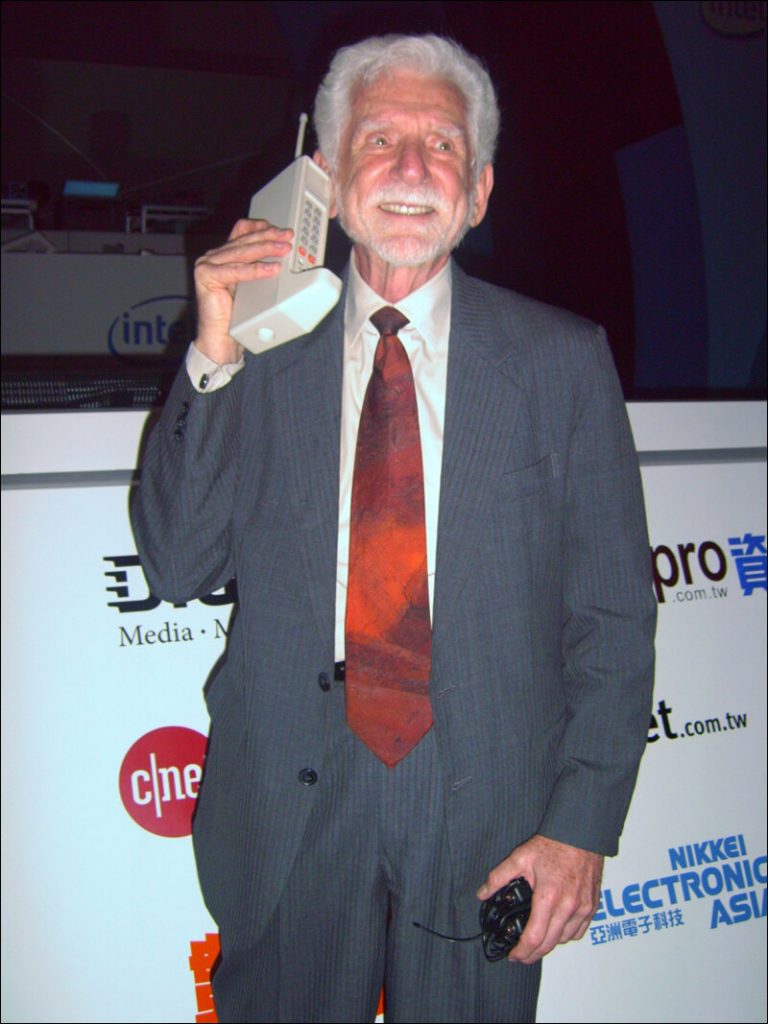
The phone only operated for a maximum of 30 minutes of talk time and required 10 hours of charging. It was quite expensive and cost about $3995, which is equivalent to $10,000 in today’s money.
3. Calculator
The first calculator was invented by Blaise Pascal, a French mathematician and philosopher, in the 17th century. His machine, called the Pascaline, could add and subtract numbers but was only able to do addition and subtraction with numbers being entered by manipulating its dials. It could perform multiplication and division through repeated addition or subtraction. Pascal invented the machine for his father, a tax collector, so it was the first business machine too. It was the first mechanical and automatic calculator representing a digit’s position with gears.
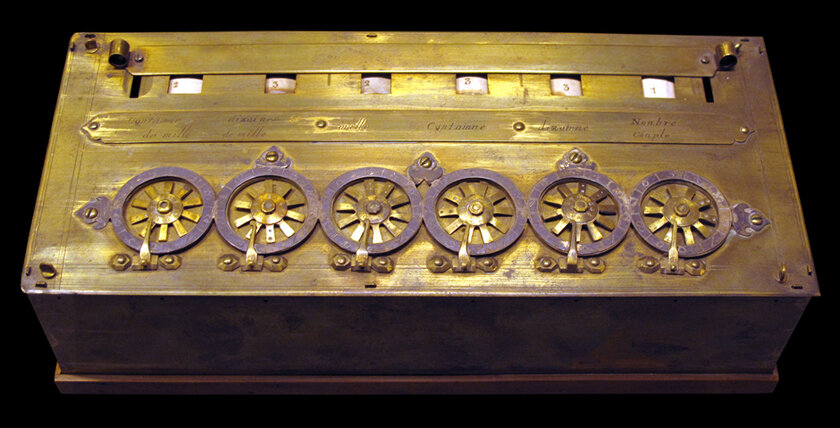
4. Traffic light
Traffic lights are essential to our daily movements. They are devices positioned at pedestrian crossings and road intersections, among others, to control traffic flow. In the olden days, police officers were strategically positioned at various points in major cities to direct traffic coming in and out of the city. However, in 1868, the first non-electric gas-lit traffic lights were invented and installed outside the Houses of Parliament in London. The invention was proposed by a railway engineer, J. P. Knight of Nottingham, and later constructed by the railway signal engineers of Saxby and Farmer.
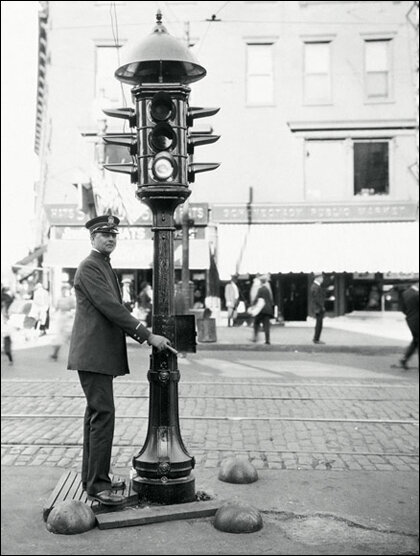
The design of the traffic lights combined three semaphore arms with red and green gas lamps for nighttime use. It was stationed on a pillar that was manned by a police constable. The gas lanterns were manually operated by the police constable, who adjusted the lever at the base so that the appropriate light faced traffic. The traffic light had arms that would extend horizontally and command drivers to stop. The arms would then lower to a 45-degree angle, which meant that the drivers could proceed to drive with caution. At night, a red light would command ‘Stop,’ and a green light would mean ‘Caution.’
5. Television remote control
The first television control was invented in 1955 by Eugene Polley, a mechanical engineer. His invention was called the Flashmatic, and it used light to turn the television on and off and change channels. It used a directional light source with a sensor in each corner of the TV screen. The remote allowed the user to mute the sound and turn channels in either direction by flashing the button at the screen.
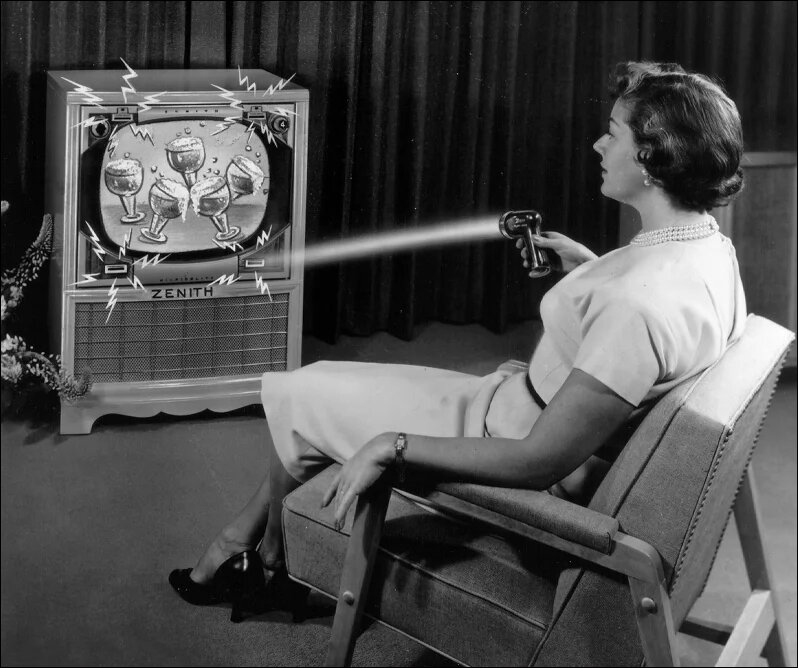
6. QWERTY keyboard
Christopher Latham a newspaper editor and printer was the guy who devised and created the QWERTY keyboard. In 1874, Christopher invented this keyboard, the earliest version of what has become a keyboard layout we still use today.
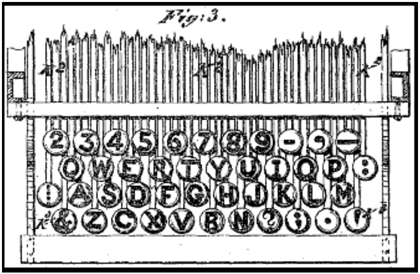
Christopher used to file patient applications using his typewriter. The original keyboard layout has the second order of the alphabet in order on the top row and the first half in order on the bottom row. This layout led to problems typing as the keys were mounted on mental arms which would jam if the keys were pressed in too rapid succession.
Christopher’s solution meant to separate commonly used letter pairings such as “ST” to avoid jams, hence effectively allowing a typist to type faster. He went through a series of design iterations until he produced the QWERTY keyboard layout.
Final Thoughts
As we look back, it is important to appreciate how far we have come and how technology has changed and transformed our lives. It is also important to pay tribute to the individuals who founded and pioneered the technology we rely on today.
In case you missed:
- None Found

